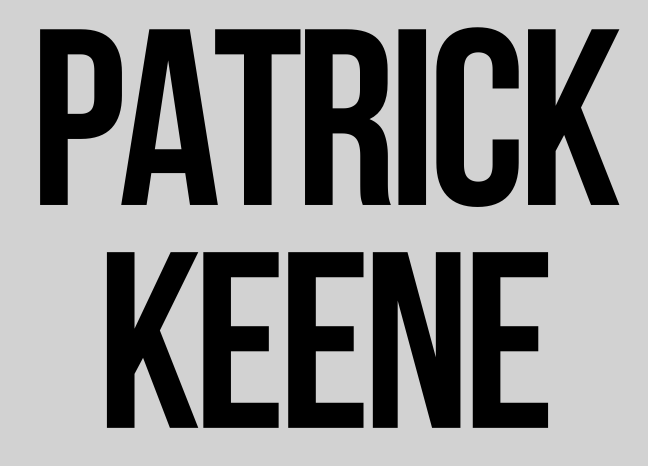Discover the Bible: Foundational Tips to Begin Your Journey
This series of articles has one express goal… to help you have consistent time in God’s Word. Having a relationship with God is what you were created for and the opportunity to spend time with Jesus is one of His many gifts to us.
Whether you are checking out the Bible for the first time or you have been a follower of Jesus for many years this article will give you a foundational understanding to jumpstart your Bible reading. Here, we will answer three big questions:
What is the Bible?
What Bible translations should I use?
Where do I start?
What Is the Bible?
The Bible is a small library of ancient texts that tell one story— God’s loving plan to have a relationship with humanity. This isn’t as simple as it sounds. God is perfect and we are not which means we find ourselves separated from God. Our only hope is Jesus! The story of the Bible explains how a perfect God would bring an imperfect creation (you included) into relationship with Himself through Jesus. This makes Jesus the star of the show— the main character. Jesus is God and stepped into our world and history, as a real person. 100% God and 100% man.
It’s interesting, though. The Bible is 66 books that were written over the course of 1500 years. Jesus only lived for 33 years, yet the entire Bible is about Him.
Here’s a video from The Bible Project that will explain exactly what the Bible is in 5 minutes.
What Bible Translation is Best?
Let’s start with a more foundational question, why are there Bible translations in the first place? Originally, the Bible was written in Greek, Hebrew, and Aramaic. Surprise! Not every nation in the world speaks these languages so translation is essential. Many missions organizations, like Wycliffe Bible translators, make it their express mission to get the Bible in the hands of people around the world in the readers heart language!
This is where we, as English speakers, have an incredible advantage. There are roughly 450 English Bible translations for us to choose from. These translations have the same original text but can be translated in different ways. Good translations will pass along the same idea from each word or passage.
Some translations take a Biblical thought and make it more understandable for a modern English reader. These translations are very readable. (Dynamic Equivalence)
Some translations take a Biblical word and correspond it with a specific English word. This creates a translation that is very conservative to the meaning of the text but may be clunky for a modern English reader to understand. (Formal Equivalence)
ReasonableTheology.org goes into more detail. You can check them out here.
Here’s my opinion on Bible Translations.
I can’t speak to the 450 English Bible translations however I am confident that the 10-15 most popular translations are very solid. If you choose one of those translations you can be confident that you’re reading the text as it was intended to be written.
On the scale of translations above I don’t know much about the Good News Bible so I don’t have an opinion. However, I would probably skip using The Message. It paraphrases the text a little too much for consistent study of the scripture.
Personally, I use the New Living Translation (NLT) when I need a little help understanding a difficult passage. If I wanted a deeper word for word study I would read the English Standard Version (ESV) or New American Standard Bible (NASB).
I use the Christian Standard Bible (CSB) as my daily reader as it sits near the middle of the scale and I really enjoy the wording of some of my favorite passages. Here’s the exact Bible I own. This is not an Affiliate Link, I just really like this Bible.
All in all, the best translation is one that is accurate to the text and makes you want to read it!
So Where do I Start?
In most every book it makes sense to start at the beginning. However, remember that the Bible is not like other books. It’s a library of books that tell one story. For a more complete understanding of the Bible you have to read the whole thing in context but this is a huge undertaking!
You’re just trying to start reading your Bible… baby steps. I suggest people start their Bible reading journey in the New Testament Gospels (Matthew, Mark, Luke, or John) seeking to answer the question “Who is Jesus?”
However, as you walk with Jesus longer you will want to read the Old Testament, too. The New Testament really comes alive when we understand the even more ancient truths that Jesus’ words are founded on.
Lucky for you, The Bible Project has a 12 minute summary of the Old Testament. This should give you a basic understanding in order to enjoy reading your Bible.
Just Do It!
Reading your Bible is not a pass or fail test. This is a play ground. Picture this, you’re a kid at recess and you look out at a jungle gym. The monkey bars look cool so you go check that out. You hang out for a bit but it hurts your hands so you go check out the teeter totter. It doesn’t really hold your attention so you go to the swing set. OH. MY. GOODNESS… you love that swing set! So you play on it every day for the entire school year.
You only found the swing set because you set out to play. You didn’t put too much pressure for ultimate happiness and joy… you just played.
The tools in this article will give you the foundations to “go play” in God’s Word.
However, there is more I would like to share with you to maximize your time with Jesus:
If you had 30 minutes to spend with Jesus, here’s what I’d do!
How to understand what you’re reading (context)
This next article will be incredibly functional! You can find it here…


